How To Get Around Civita di Bagnoregio
There are two main ways to get to Civita di Bagnoregio: By car and by bus operated by a company or an agency. Cars cannot get into Civita and they can only go up to Bagnoregions from where a 300mt pedestrian bridge to Civita begins.
Civita di Bagnoregio is toddler unfriendly and challenging for people with disabilities, wheelchairs, buggies, walking difficulties, and physical challenges in any way due to the movable long uphill bridge and the narrow alleys in town. Services are in place to help to cross the bridge: there are certain rules for moving in and out of Civita if you have any problems with mobility – you can turn to local authorities and they will help you to get into the city for free.
What to eat and where
La Cantina di Arianna on Via Roma is a local favorite for its homey atmosphere and delicious food. The restaurant attracts guests seeking to taste Point Blank with local delights and handmade pasta and pizzas.
The patio view and high-quality meals make Ristorante Alma Civita a distinctive restaurant. It serves delicious, contemporary, and seasonal meals for a romantic evening or other celebration.
Day trips from Civita di Bagnoregio
Orvieto
Orvieto, a town that is 30km northwest of Civita di Bagnoregio, is popular for its grand cathedral and also known as the city of the hundred towers The cathedral, or Duomo, is a Gothic structure, with well-decorated mosaic and frescoes. Take time to tour the large subterranean complex of caves and tunnels that have been in work since even before the Etruscans for wine cellars, and which the people also used during wars. It is also worthwhile to come to St. Patrick’s Well – no less an engineering feat, With a two-tiered spiral staircase on top, it has a vista of the surrounding area.
Narni
Narni is a town in Italy with excellent historical precedents that can be traced back to the Romans and is located approximately 50 kilometers to the southeast of Civita di Bagnoregio. Stroll through the narrow medieval streets and marvel at high above the town the massive and imposing Rocca Alborn Oziana. Visit the Narni Underground – a series of ancient caves and tunnels –, and explore the interior of the Romanesque-style cathedral of San Giovenale with its impressive frescoes.
Civita di Bagnoregio with kids
Taking children to visit Civita di Bagnoregio can be a fun and exciting way to make the children have fun while they are touring the facility. It is fun to walk across the pedestrian bridge to get to the town in which the public will feel like they are in a fairytale. Their destinations include the old narrow streets, visiting the ancient caves, and being informed on the historical aspects of the town. The hills and the house roofs, views of other houses, and the squares give my children many reasons to run around and feel the biology.
As long as you dress properly for the weather and wear comfortable shoes for walking you’ll be fine and although the amount of hills could intimidate those people who are not a fan of walking uphill, you practically can’t avoid it.
The best time to visit Civita di Bagnoregio
The best time to visit Civita di Bagnoregio is during spring (April to June) and early autumn (September to October) when the weather is mild, and the crowds are smaller, allowing for a more enjoyable experience.
Summer (July to August) is the peak tourist season, characterized by hot weather and larger crowds.
Winter (November to March) offers a serene atmosphere with fewer visitors, but it can be quite chilly and foggy.
FAQ about Civita di Bagnoregio
Is Civita di Bagnoregio worth visiting?
Civita di Bagnoregio is worth seeing. It provides stunning views, ancient landmarks like the Church of San Donato, and a quiet ambiance that takes tourists back in time on a tufa hill accessible only by a pedestrian bridge.
How long do you need in Civita di Bagnoregio?
A half-day to a full day may be spent exploring Civita di Bagnoregio’s principal attractions. This gives you time to cross the pedestrian bridge, stroll through the charming neighborhoods, see the cathedral and museums, dine at a local restaurant, and take in the views. Longer stays are better for relaxing or seeing neighboring sights like Orvieto or Narni.
What makes Civita di Bagnoregio special?
Several causes make Civita di Bagnoregio distinctive. On a tufa hill surrounded by valleys, it’s dramatic and beautiful. The town’s medieval architecture, especially the beautiful Church of San Donato and old caverns, shows its Etruscan roots. Due to erosion, the town is famous as “The Dying City” and offers a unique and fascinating experience of Italian history and culture.



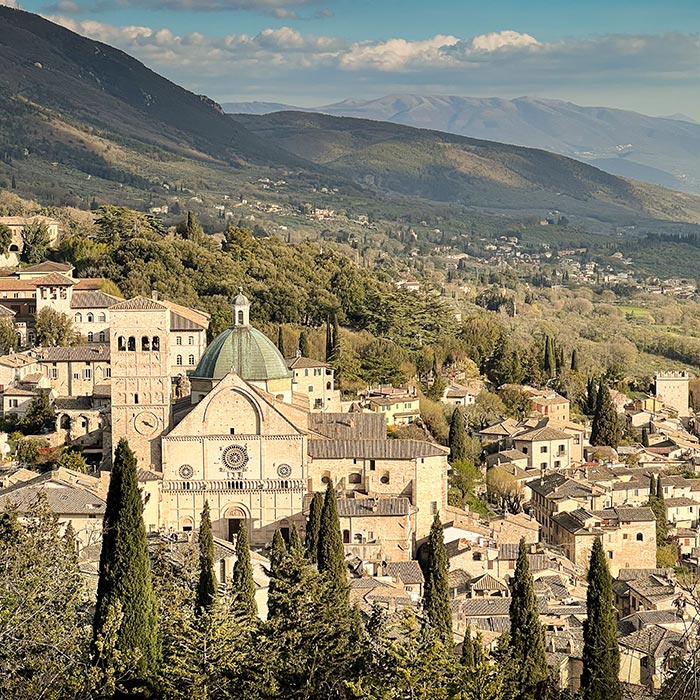

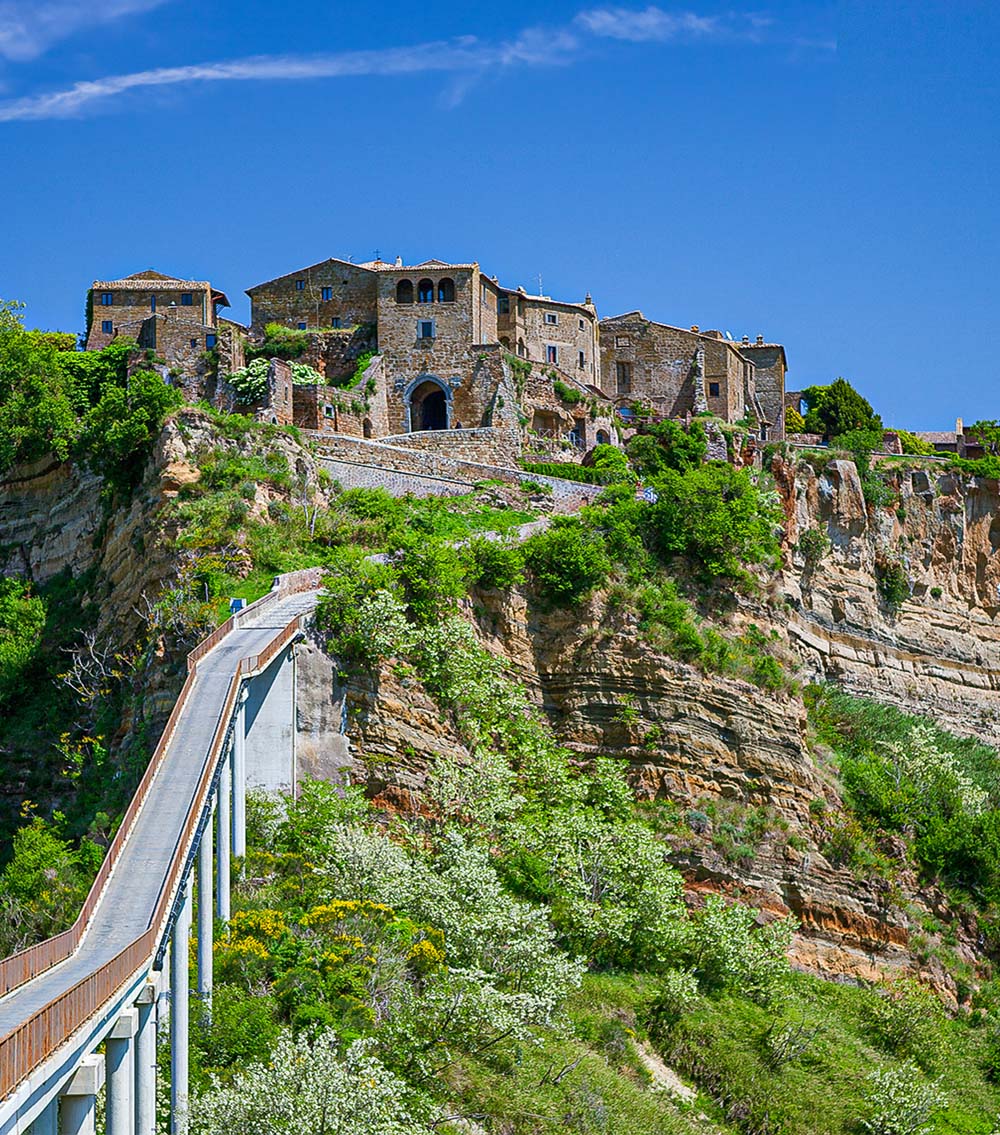



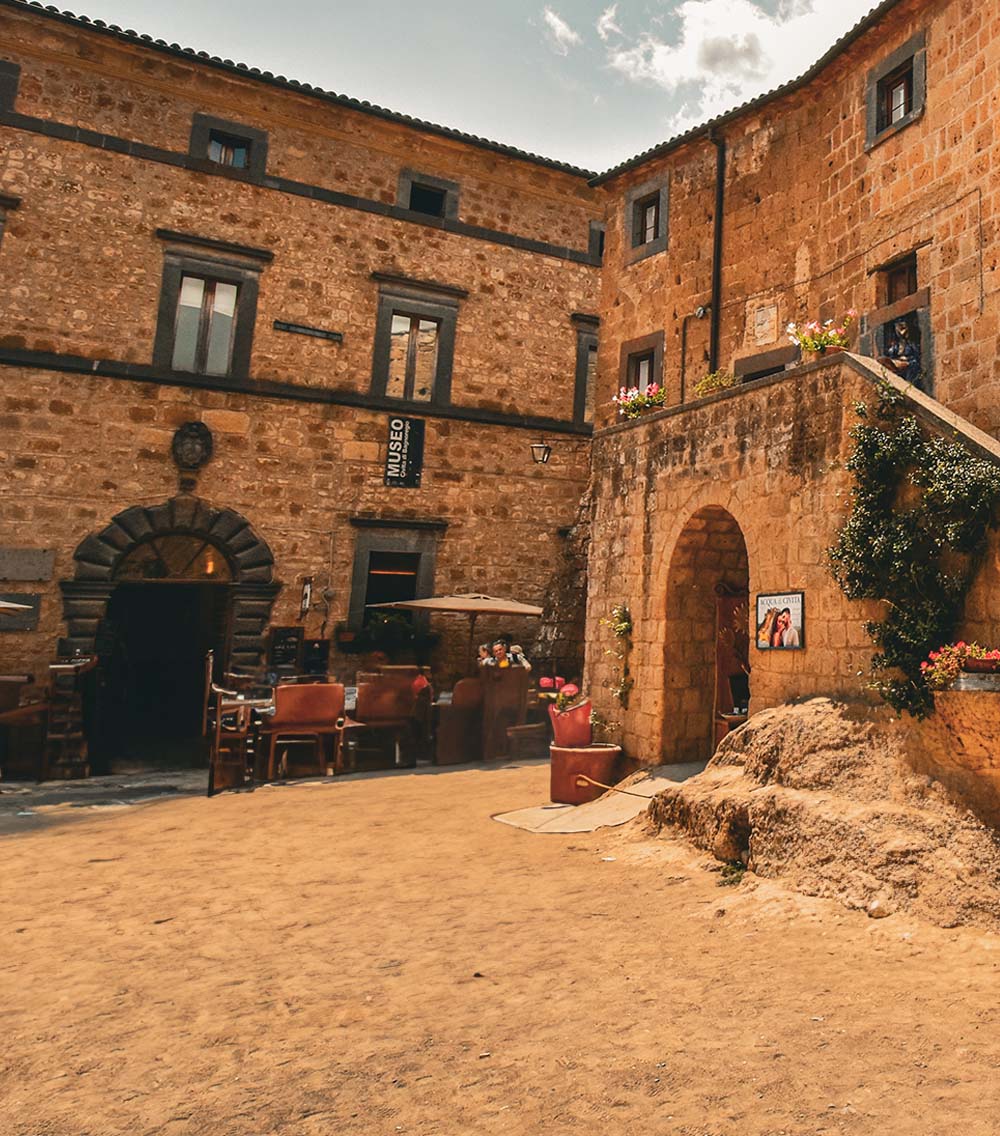
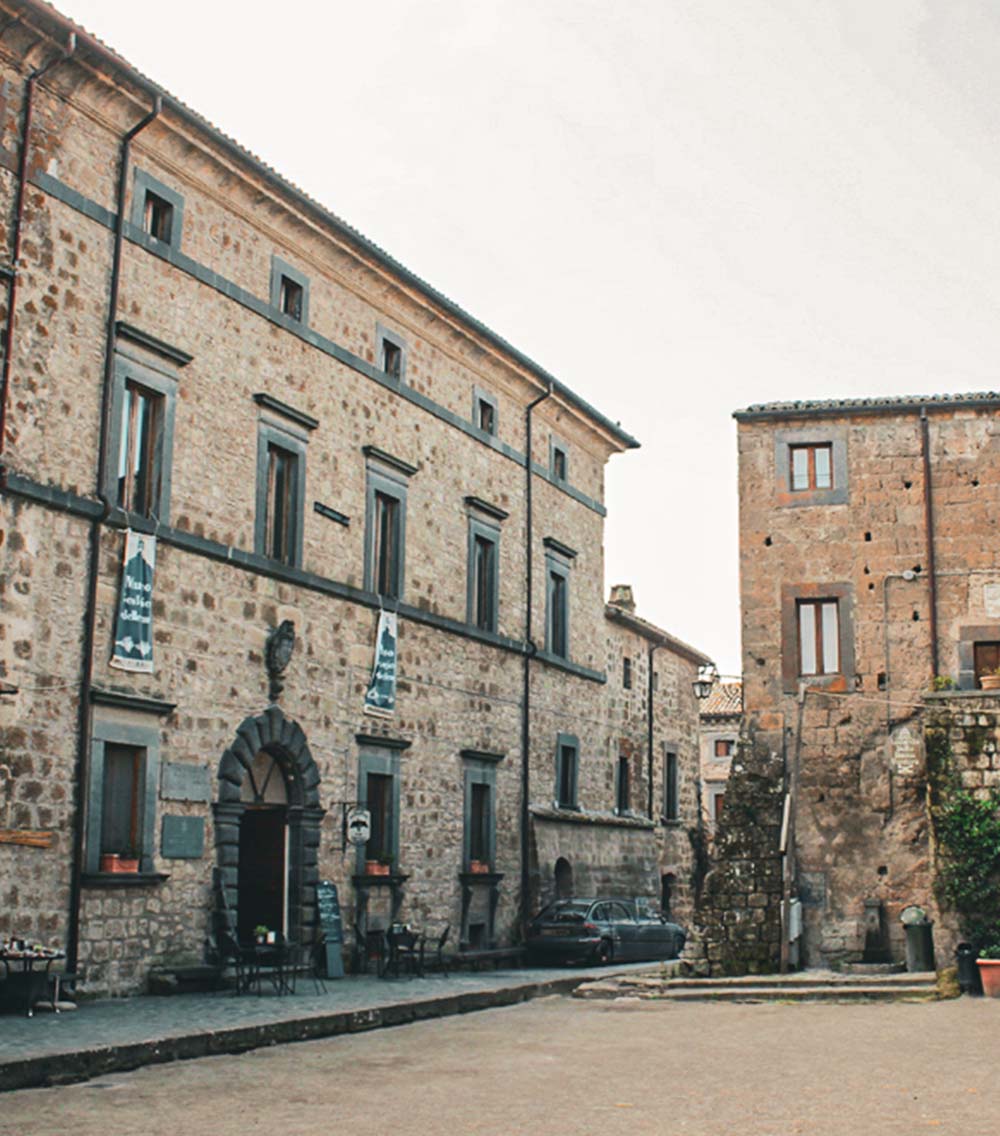
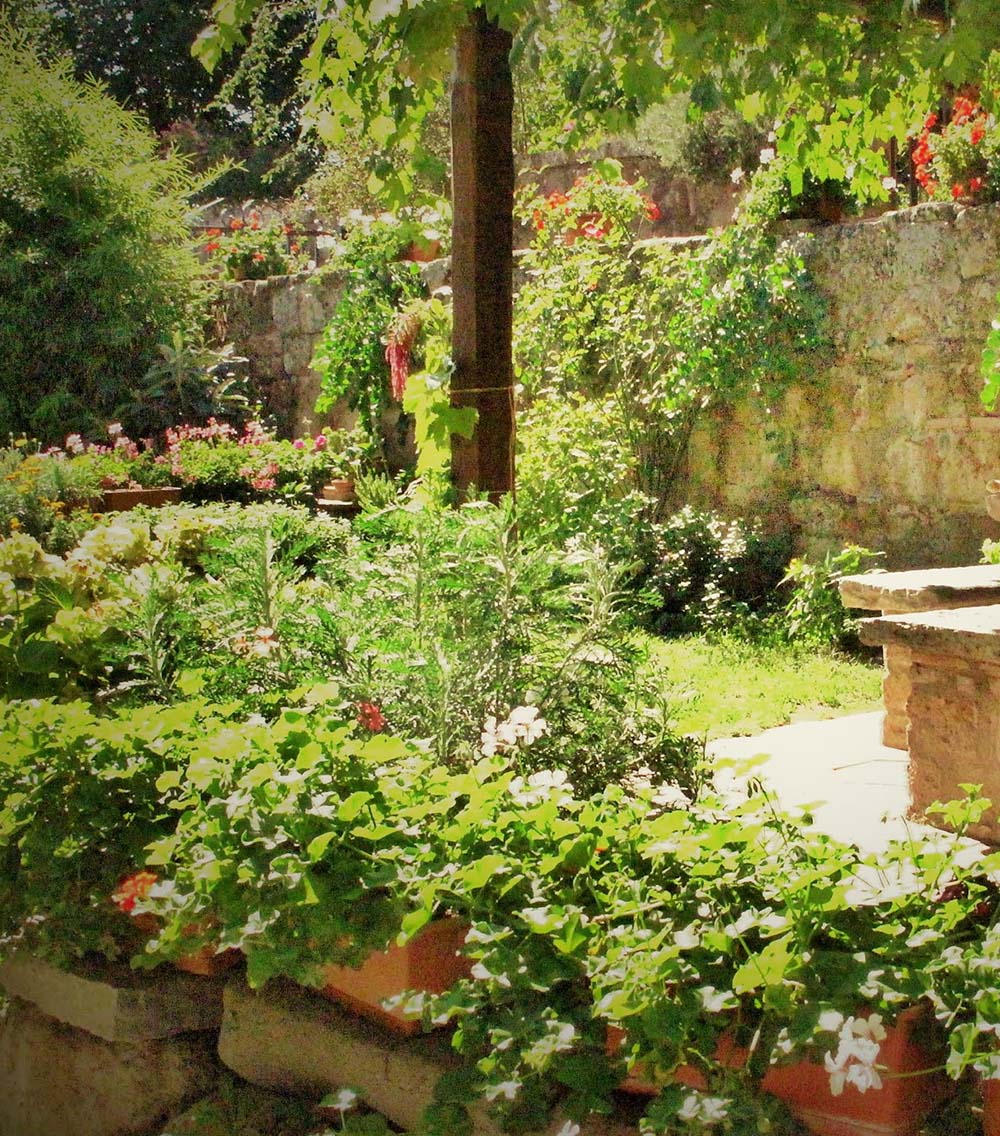



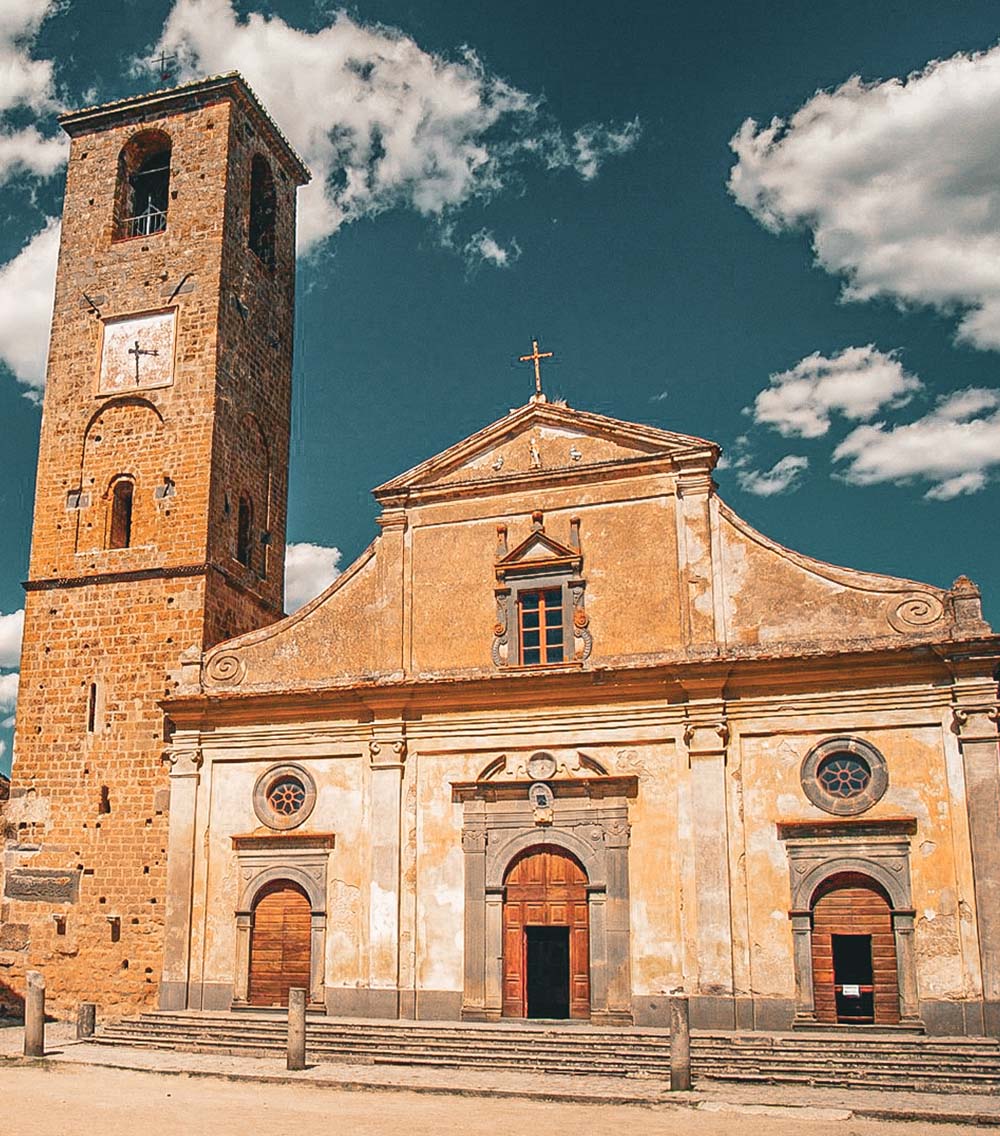




No Comments